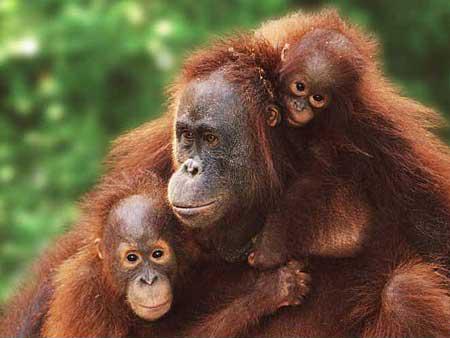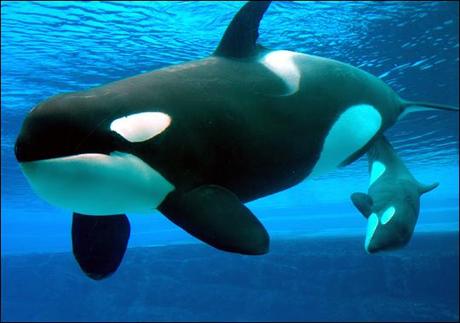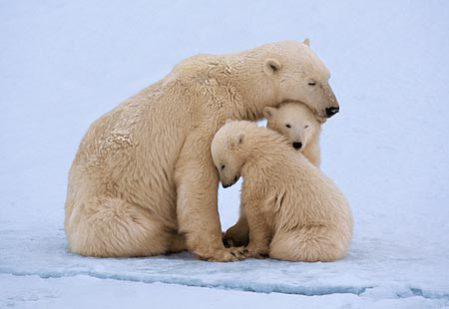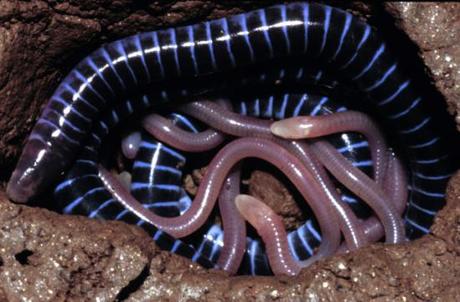Next time you are tempted to say to your kids, "Just look at everything I've sacrificed for you," hold it right there, because it's likely that many of the animal mothers I name here will have sacrificed even more for their young 'uns than you have. Just think about elephant moms who are pregnant for 22 months!
Here are some more animal super moms that may give you pause:
1. Orangutan mothers look after their young for nine years, teaching them all the skills they need to find the right kinds of food, how to distinguish between poisonous and non-poisonous plants, how to make nests, and how to create shelters to protect themselves from the rain.

2. Killer whale and bottlenose dolphin newborns don't sleep at all for the first month or two of their lives; neither do their mothers, as they need to keep watch over their offspring.

3. Human mothers tend to put on weight during pregnancy, although most don't make any special effort to do this. Polar bear moms, however, must put on about 440 pounds in seal blubber in order to become pregnant. Once they are pregnant, the bear moms fast for the next 8 months.

4.The caecillean mom actually gives up her own skin for her babies to feed on, though it does grow back in about three days. Caecillean skin is rich in fat and her little ones increase their weight tenfold in one week from the skin off her back!

5. And then.... there's the mother that actually sacrifices her own life for her young, like the black lace-weaver spider. Her young, from 60 to 130 spiderlings first eat mom's unhatched eggs and then go after their mother - an action that she encourages. Poor mom...

Fascinating? I think so! You can learn about more maternal sacrifices and other great facts about animal instincts and survival in the new BBC/National Geographic Wild production 24/7 Wild.
via BBC News
That's the buzz for today!

